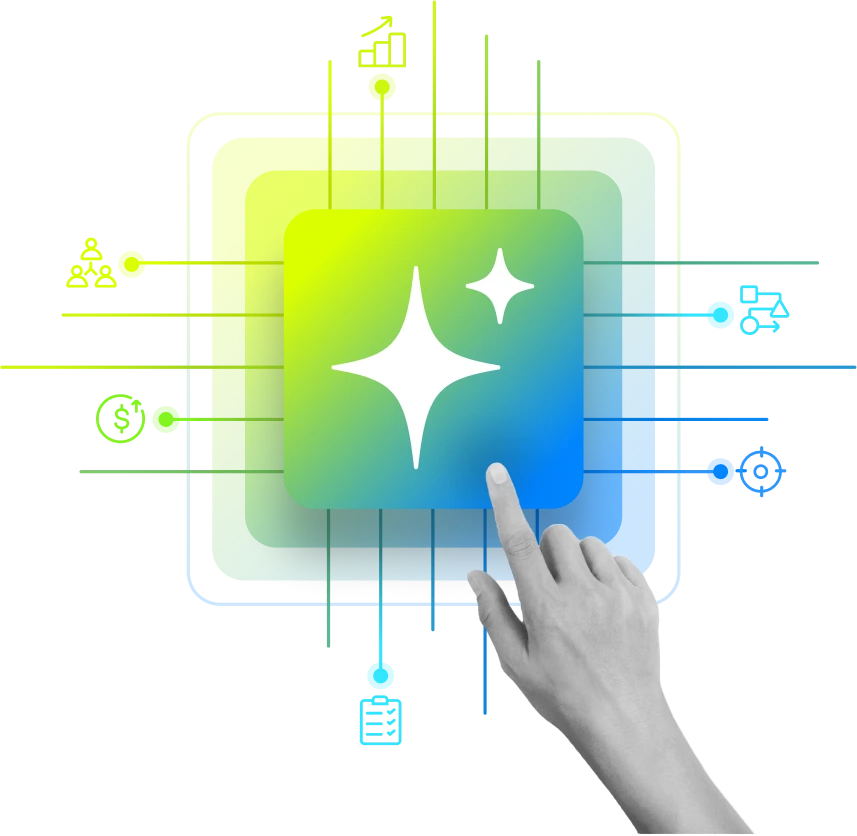The traditional sales tech stack is dying, and there’s no denying it! How sales tech has been built, integrated, and expected to deliver results over.
 On-Demand Webinar: Unfiltered take on AI in Account Planning: Meet DemandFarm’s KAM AI
On-Demand Webinar: Unfiltered take on AI in Account Planning: Meet DemandFarm’s KAM AI
X
The traditional sales tech stack is dying, and there’s no denying it! How sales tech has been built, integrated, and expected to deliver results over.
Content Marketer
Get the industry insights and growth hacks delivered to your inbox weekly.





Key Account Management Thought Leader | 3x Founder
Content Marketer
Key Account Management Thought Leader | 3x Founder
Content Marketer
Director, Marketing at DemandFarm | Growth Strategist
Director, Marketing at DemandFarm | Growth Strategist
Director, Marketing at DemandFarm | Growth Strategist
Director, Marketing at DemandFarm | Growth Strategist
No posts found!
Content Marketer
Content Marketer
No posts found!
Key Account Management Thought Leader | 3x Founder
Key Account Management Thought Leader | 3x Founder
Key Account Management Thought Leader | 3x Founder
Key Account Management Thought Leader | 3x Founder
Co-founder at DemandFarm | The Growth Master
Co-founder at DemandFarm | The Growth Master
Co-founder at DemandFarm | The Growth Master
Co-founder at DemandFarm | The Growth Master

Key Account Management Thought Leader | 3x Founder
Content Marketer
Key Account Management Thought Leader | 3x Founder
Content Marketer
Key Account Management Thought Leader | 3x Founder
Key Account Management Thought Leader | 3x Founder
Key Account Management Thought Leader | 3x Founder
CMO at DemandFarm | Brand Builder
Key Account Management Thought Leader | 3x Founder
Key Account Management Thought Leader | 3x Founder
Key Account Management Thought Leader | 3x Founder
Key Account Management Thought Leader | 3x Founder
Key Account Management Thought Leader | 3x Founder
Key Account Management Thought Leader | 3x Founder
Key Account Management Thought Leader | 3x Founder
Key Account Management Thought Leader | 3x Founder
Content Marketer
Key Account Management Thought Leader | 3x Founder
Key Account Management Thought Leader | 3x Founder
Key Account Management Thought Leader | 3x Founder
CMO at DemandFarm | Brand Builder
Key Account Management Thought Leader | 3x Founder
Content Marketer
Key Account Management Thought Leader | 3x Founder
Key Account Management Thought Leader | 3x Founder
Key Account Management Thought Leader | 3x Founder
Key Account Management Thought Leader | 3x Founder
Key Account Management Thought Leader | 3x Founder
Key Account Management Thought Leader | 3x Founder
Baker Turned Content Marketer
Key Account Management Thought Leader | 3x Founder
Key Account Management Thought Leader | 3x Founder
Key Account Management Thought Leader | 3x Founder

Key Account Management Thought Leader | 3x Founder
Content Marketer
Key Account Management Thought Leader | 3x Founder
Key Account Management Thought Leader | 3x Founder
Key Account Management Thought Leader | 3x Founder
CMO at DemandFarm | Brand Builder
Key Account Management Thought Leader | 3x Founder
Key Account Management Thought Leader | 3x Founder
CMO at DemandFarm | Brand Builder
Director, Marketing at DemandFarm | Growth Strategist
Director, Marketing at DemandFarm | Growth Strategist
Director, Marketing at DemandFarm | Growth Strategist
Director, Marketing at DemandFarm | Growth Strategist
Agentic Al that offers predictive insights, intelligent automations, and conversational intelligence for Key Account Management (KAM) teams



